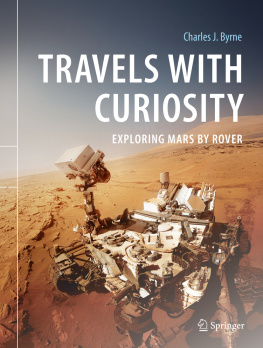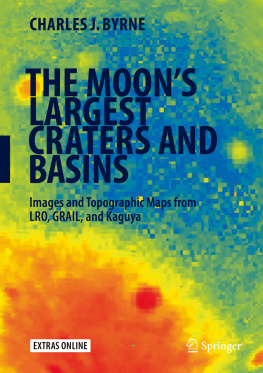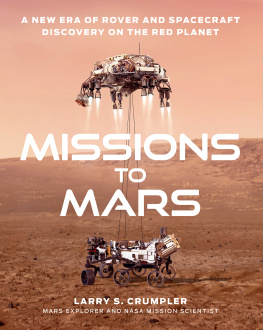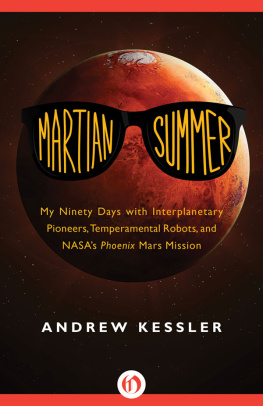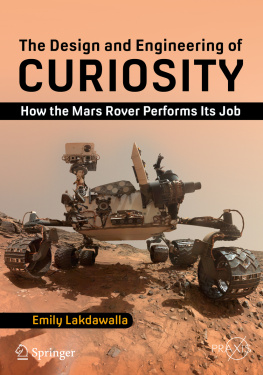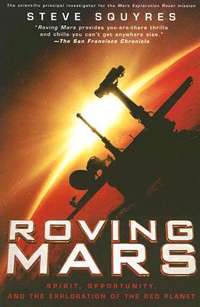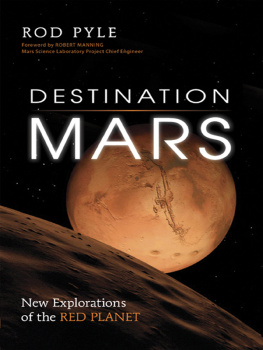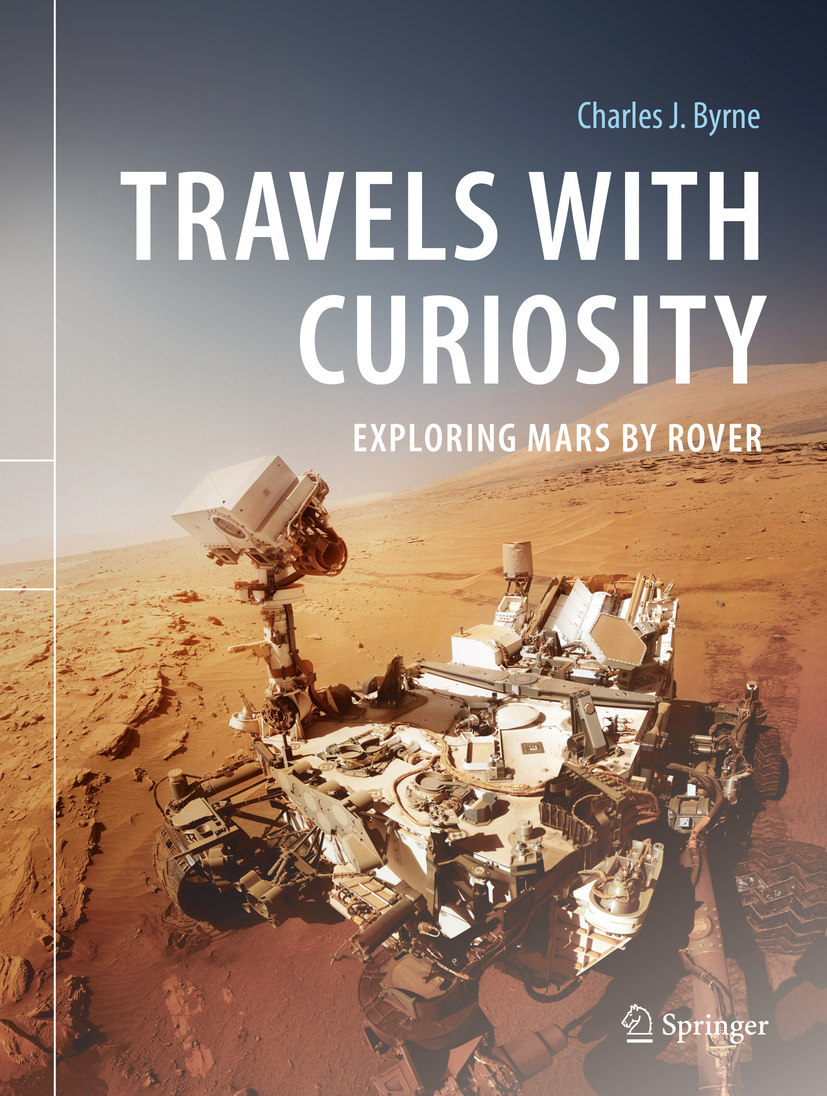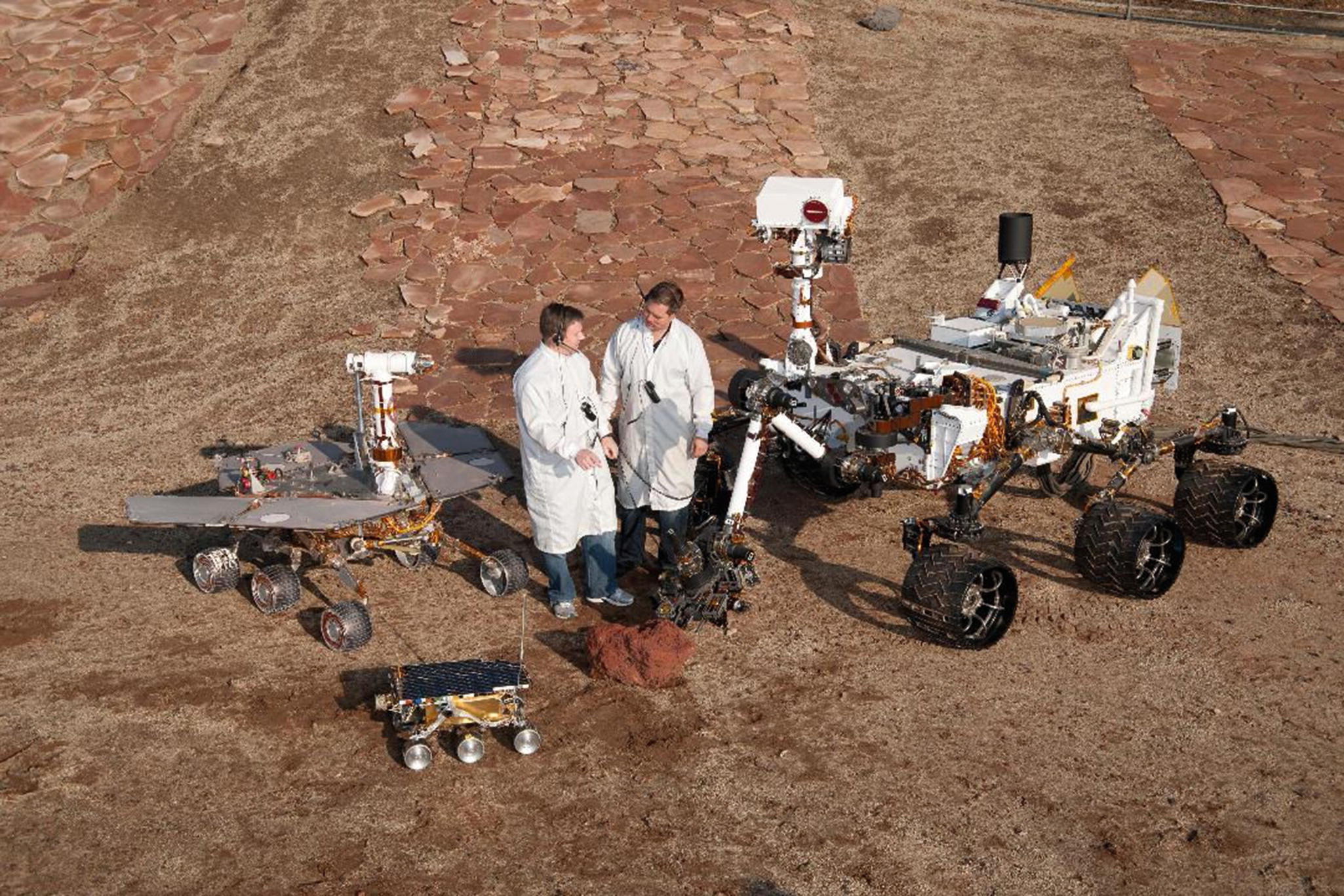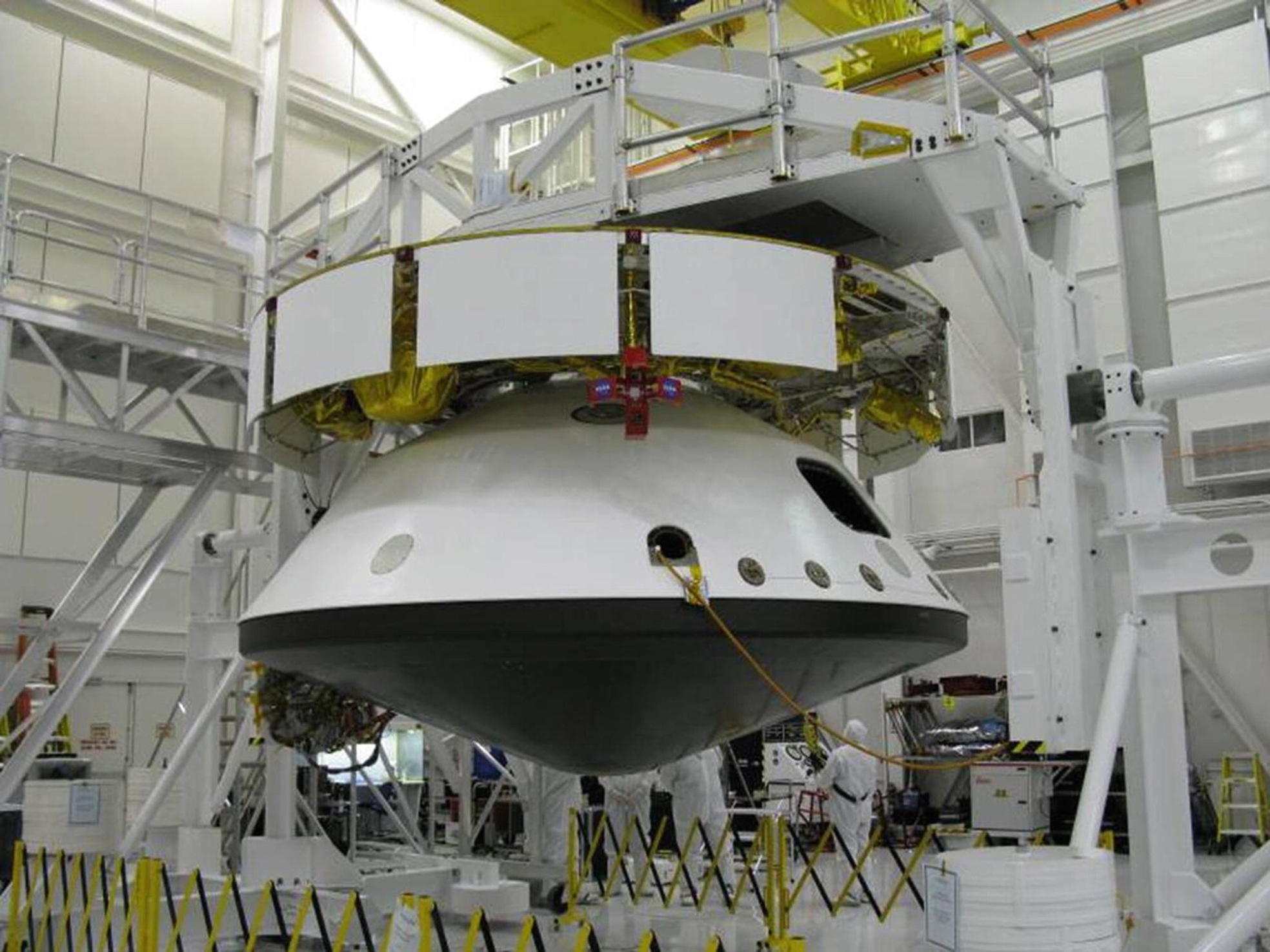Charles J. Byrne
Image Again, Middletown, NJ, USA
ISBN 978-3-030-53804-0 e-ISBN 978-3-030-53805-7
https://doi.org/10.1007/978-3-030-53805-7
Springer Nature Switzerland AG 2020
This work is subject to copyright. All rights are reserved by the Publisher, whether the whole or part of the material is concerned, specifically the rights of translation, reprinting, reuse of illustrations, recitation, broadcasting, reproduction on microfilms or in any other physical way, and transmission or information storage and retrieval, electronic adaptation, computer software, or by similar or dissimilar methodology now known or hereafter developed.
The use of general descriptive names, registered names, trademarks, service marks, etc. in this publication does not imply, even in the absence of a specific statement, that such names are exempt from the relevant protective laws and regulations and therefore free for general use.
The publisher, the authors and the editors are safe to assume that the advice and information in this book are believed to be true and accurate at the date of publication. Neither the publisher nor the authors or the editors give a warranty, expressed or implied, with respect to the material contained herein or for any errors or omissions that may have been made. The publisher remains neutral with regard to jurisdictional claims in published maps and institutional affiliations.
Cover image: In this image, Curiosity is parked at the foot of Mount Remarkable in the Kimberly site; her MastCam is examining a rock that has tumbled from the hill. The surface of Mars is covered with fine red dust that also floats in the atmosphere. The color images are often filtered like this to show contrast in the rocks for the geologists. That turns the dusty sky to light blue. Credit: NASA
This Springer imprint is published by the registered company Springer Nature Switzerland AG
The registered company address is: Gewerbestrasse 11, 6330 Cham, Switzerland
Preface
The Mars Science Laboratory and the Curiosity Rover
The project Mars Science Laboratory (MSL) was so named to emphasize its objective to land a large mobile array of instruments on the surface of Mars. These instruments were to be designed by scientists in diverse disciplines to gather information not only about the surface as it is today but also how it came to be that way in the course of its history.
The centerpiece of the MSL project is the rover, large enough and strong enough to carry an entire laboratory of instruments and support equipment as well as travel over a diversity of terrain conditions while gathering data for scientific investigation of Mars.
Scientific Curiosity
The winner: Clara Ma
Clara Ma was a 12-year-old student at the Sunflower Elementary School in Lenexa, Kansas when she won NASAs name contest. Asked why she entered the contest, she replied:
I was really interested in space. But I thought space was something I could only read about in books and look at during the night from so far away. I thought that I would never be able to get close to it, so for me, naming the Mars rover would at least be one step closer.
Scientists, of course, are as diverse in their characters as any other groups of people. But there is one common bond that draws them together in the activity of science. That is a desire to learn more about naturethe Earth, the biosphere, the Solar System, and the universe. In short, how things work. A word for this common bond is CURIOSITY. And that is the name Clara Ma chose as the title for her winning essay submitted to NASAs rover name contest.
Clara signed her name on the rover while it was in test; the rover passed through space on its way to Mars and has been on the surface there for seven years now. A line from Claras essay is:
We have become explorers and scientists with our need to ask questions and to wonder.
Some of the questions that the MSL Science Team ponders are: Since life is so pervasive on Earth, how come there is so little evidence of life on Mars? Is there any evidence that there once was life on Mars? Could there have been? To address these questions, the Curiosity rover has instruments that can investigate the habitability of Mars. By examining the current geology of Mars, the nature of the past environments that formed them can be inferred, as can be the habitability of those environments. Curiositys instruments are discussed in Chap..
The MSL Science Team: Each of the 10 science instruments was proposed by principal investigators. These senior planetary scientists also appointed members of their staff, to be members of the MSL Science Team, a group of about 160 scientists who are responsible, along with their collaborators, for the tactical decisions of Curiositys activities.
These scientists, about 400 in total, are listed in Appendix A. The management, performance, and productivity of this group of scientists, representing several relevant disciplines and many academic institutions, are discussed in Chap..
Curiosity is the heaviest rover that has ever been landed on any planet but Earth, weighing in at about 2 tons (see Fig. ). The Apollo Lunar Modules, which landed humans on the Moon, had a dry weight of about 6 tons.
Fig. 1
Test models of three JPL designs of Mars rovers are shown with two JPL engineers. Sojourner (bottom left) was landed in 1997, and Spirit and Opportunity (above Sojourner) landed in 2004. Curiosity (right) was landed in 2012. (Image courtesy of NASA, JPL-Caltech.)
In addition to the construction of the Curiosity rover, the MSL project included figuring out the means of delivering such a heavy load safely to Mars, using a soft landing near a designated site. Landing from space to the surface of Mars is actually more of a challenge than landing on Earth or the Moon. Its thin atmosphere is both a help in dissipating the vehicles energy and a hindrance because of high winds.
Other parts of the MSL are the communications, propulsion, and support systems used in the transfer trajectory from Earth. The aeroshell (see Fig.. Someday, similar components scaled by payload weight, may bring astronauts, scientists, and (who knows?) tourists safely to the surface of Mars.
Fig. 2
The MSL, assembled for testing. Curiosity is inside the aeroshell (above the black heat shield). (Image courtesy of NASA, JPL-Caltech.)
The Tour
What would it be like to travel on Mars? For starters, it would be different from anything you could experience on Earth. First, you would be conscious of not only the spacesuit you are wearing to protect you from the low-density Mars atmosphere but also the equipment in your backpack that would provide the air you breathe. Yet, although heavy on Earth (it would weigh 50 pounds), it only would weigh a sixth of that on Mars.

